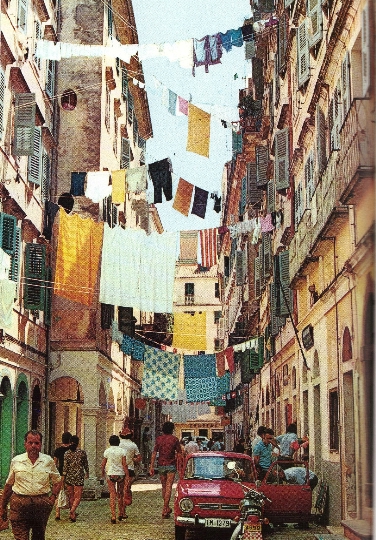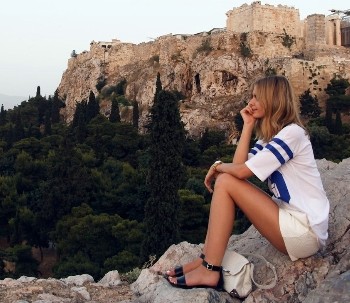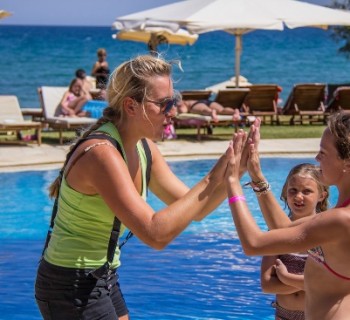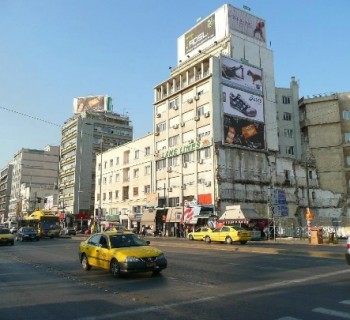Districts of Corfu
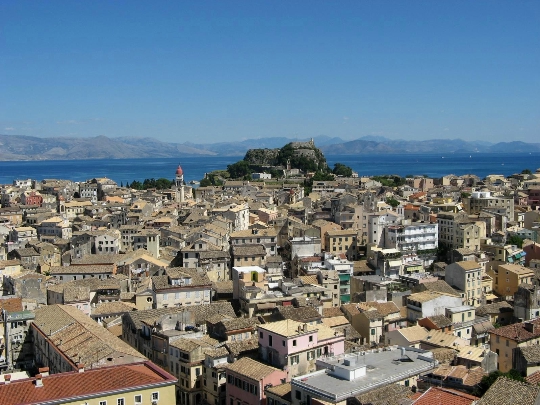
If you look at the map, you can see that the districts of Corfu divide the city into the New and Old parts, the latter, due to its significant sites, is the most attractive for travelers..
District names and descriptions
- New city: will delight guests with the presence of restaurants, discos and shops, and most of them sell jewelry.
- Old Town: interesting is the Old Fortress (it used to have a chapel, a prison, a lighthouse, an armory, an infirmary - only a few buildings have survived to this day) and the New Fortress (it has 2 bastions, so visitors will have a long “journey” past the passages and corridors between the bastions and walls inside the castle; those who wish will be able to capture themselves in a photo against the background of the gate with the lion depicted on them; in addition, concerts and exhibitions are often held in the fortress), the Esplanade (statues are installed around the square, the most significant of which are the monuments to the President of Greece John Kapodistrias and “Enosis” - a symbol of the unification of the Ionian Islands with Greece; this busy part of the city hosts important events, and in the summer - a cricket tournament), Liston Street (suitable for city walks; taverns and shops are located here), the Palace of St.Michael and George (built in neoclassical style from Maltese limestone; there is a monument in front of the building Frederic Adam; inside is the Museum of Asian Art, where visitors will see 10,000 artifacts in the form of weapons, miniatures, samurai costumes, tools, objects of Chinese art of the 2nd millennium BC, coins and others).
Attractions Corfu
Vacationers in Corfu will be able to visit the Church of St. Spyridon (it is the storage place of the silver sarcophagus with the relics of St. Spyridon - the spiritual patron of the city; on Easter, the relics are carried along the city streets), the Cathedral (was erected in 1557 and is the repository of the relics of St. Theodora; guests will be able to admire Greek icon painting), the Byzantine Museum (the exposition is represented by sculptures of the early Christian period, Byzantine and post-Byzantine icons, masterpieces of Avramis and Tsanes, manuscripts, wall frescoes of the 11-18 centuries, collected from the temples of the island of Corfu) and the Museum of banknotes (2000 banknotes that were in circulation from 1822 to the present day; those who wish are attracted to the process of making modern banknotes), see the monument to Admiral Ushakov (made in the form of a marble-bronze bas-relief; here you can read the words of gratitude to Ushakov from the Greek people), go to the Mon Repo (inside the building, guests will be invited to visit the mats, in which paintings and personal belongings of the previous owners are kept, and a museum, the basis of the exposition of which is made up of archaeological finds, and from the outside - take a walk in the park surrounded by 1000-year-old olives, tropical vines and century-old trees).
Where to stay for tourists
To stay in Corfu, you can choose a hotel located in any part of the city, but if you want to be close to places ideal for walking, look for accommodation near Liston Street or Spianada Square.

